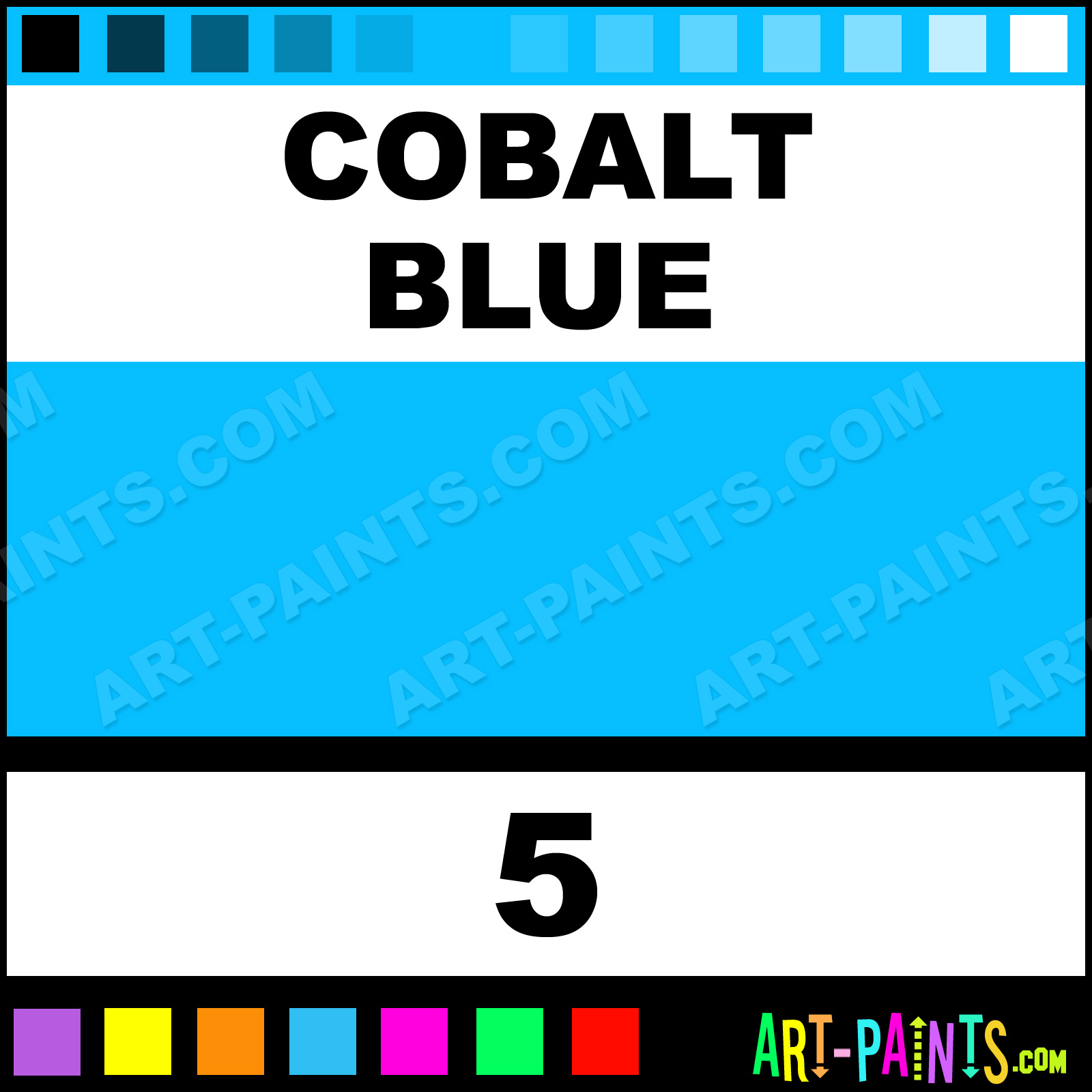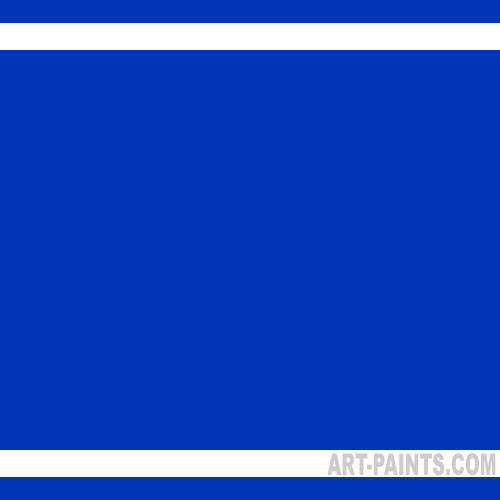
It was favored by old masters such as Titian. From the 17th century on, it was also synthesized from the elements. Vermilion, a mercury sulfide, was originally made by grinding a powder of natural cinnabar. Later premodern synthetic pigments include white lead (basic lead carbonate, (PbCO 3) 2Pb(OH) 2), vermilion, verdigris, and lead-tin yellow. It was the blue pigment par excellence of Roman antiquity its art technological traces vanished in the course of the Middle Ages until its rediscovery in the context of the Egyptian campaign and the excavations in Pompeii and Herculaneum. Already invented in the Predynastic Period of Egypt, its use became widespread by the 4th Dynasty. Egyptian blue (blue frit), calcium copper silicate CaCuSi 4O 10, made by heating a mixture of quartz sand, lime, a flux and a copper source, such as malachite. The first known synthetic pigment was Egyptian blue, which is first attested on an alabaster bowl in Egypt dated to Naqada III ( circa 3250 BC). Charcoal-or carbon black-has also been used as a black pigment since prehistoric times. Also found in many Paleolithic and Neolithic cave paintings are Red Ochre, anhydrous Fe 2O 3, and the hydrated Yellow Ochre (Fe 2O 3. These were more consistent than colors mined from the original ore bodies, but the place names remained. These pigments were among the easiest to synthesize, and chemists created modern colors based on the originals. Raw sienna and burnt sienna came from Siena, Italy, while raw umber and burnt umber came from Umbria. Pigments based on minerals and clays often bear the name of the city or region where they were originally mined. A favored blue pigment was derived from lapis lazuli. Ochre, iron oxide, was the first color of paint. Pigments and paint grinding equipment believed to be between 350,000 and 400,000 years old have been reported in a cave at Twin Rivers, near Lusaka, Zambia. Early humans used paint for aesthetic purposes such as body decoration. Minerals have been used as colorants since prehistoric times. Binders and fillers can affect the color. Other properties of a color, such as its saturation or lightness, may be determined by the other substances that accompany pigments. The product of the source spectrum and the reflectance spectrum of the pigment results in the final spectrum, and the appearance of blue. Sunlight encounters Rosco R80 "Primary Blue" pigment. Lab color measurements, unless otherwise noted, assume that the measurement was recorded under a D65 light source, or "Daylight 6500 K", which is roughly the color temperature of sunlight. Artificial light sources are less uniform.Ĭolor spaces used to represent colors numerically must specify their light source.

Sunlight is considered a standard for white light. Sunlight has a high color temperature and a fairly uniform spectrum.

The appearance of pigments is sensitive to the source light. The reflected light spectrum defines the color that we observe. Light of other wavelengths are reflected or scattered. The bonding properties of the material determine the wavelength and efficiency of light absorption. Like all materials, the color of pigments arises because they absorb only certain wavelengths of visible light. This pigment absorbs red and green light, but reflects blue-giving the substance a blue-colored appearance.
#Pearl cobalt blue paint full
See the W3C color names for a full list of color names or look for (W3C) in the table below.Main article: Spectroscopy A wide variety of wavelengths (colors) encounter a pigment. For example, in HTML tags and CSS that use color codes, you could use "red" instead of "#FF0000". With these colors, you can also use the color name.
#Pearl cobalt blue paint how to
#Pearl cobalt blue paint code
For example, in the color red, the color code is #FF0000, which is '255' red, '0' green, and '0' blue.

HTML color codes are hexadecimal triplets representing the colors red, green, and blue (#RRGGBB).


 0 kommentar(er)
0 kommentar(er)
